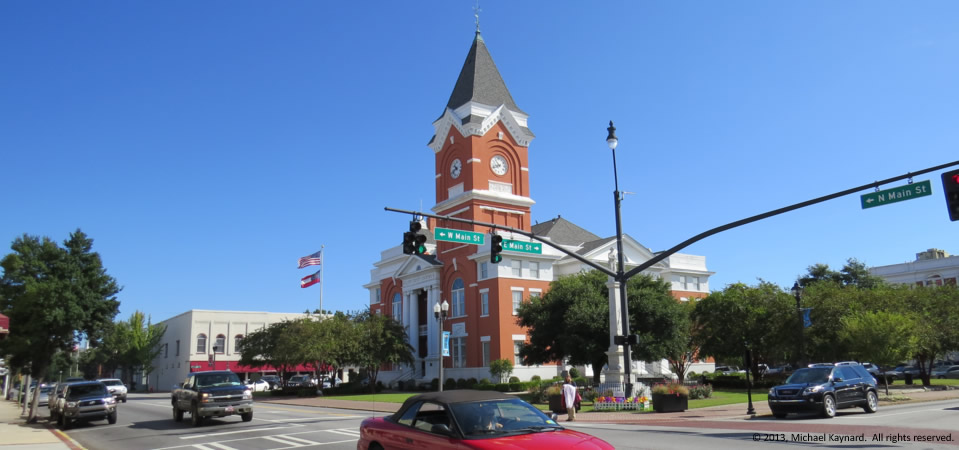If you drive through the college town of Statesboro in mideastern Georgia, you probably wouldn’t think that 50.7 percent of residents lived in poverty, according to a five-year average by the U.S. Census. Sure, there are parts of town that have challenges, but it certainly doesn’t look like half of the residents are poor.
About the best we can figure is that the Census must have counted a lot of the 20,000+ students from Georgia Southern University as residents who live below the poverty level. And in a small town like Statesboro — population 29,779 — the number of college students, indeed, may make the community look statistically poorer than it is. (Anybody know differently or have a better explanation?)
The community is 54 percent white and 40 percent black. Its median household income is $19,554, according to the Census. If the Bureau is counting college students, the skewed demographics that Statesboro is experiencing can have a dramatic impact because it won’t be able to attract medium- and higher-end stores and shops. In a story told us by a newspaperman during a September visit, we learned that a major grocer won’t move to town because of Statesboro’s relatively low median household income. And that’s a shame because the community seems like it’s got a lot going for it — something the fast-food chains certainly have discovered.
Statesboro is the county seat of Bulloch County, which has 72,694 people (2012), two thirds of which are white. Just over 30 percent of residents live in poverty. The median household income for the county is $33,902.
- Quickfacts on Statesboro and Bulloch County, Ga.
- Wikipedia’s entry on Statesboro and Bulloch County
Photo taken Sept. 23, 2013 by Michael Kaynard. All rights reserved.






 We stumbled upon the
We stumbled upon the 




